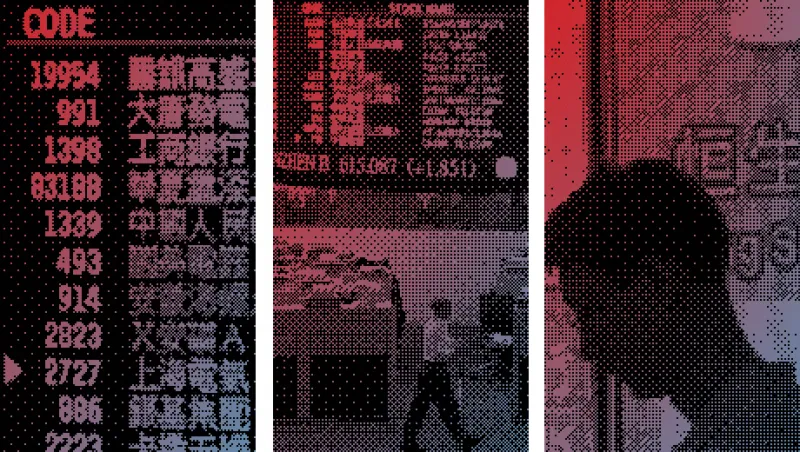
UBS Tops Trading Roster For Second Year
UBS "has the most experienced sales traders, and their technology is second to none," according to one voter in this year's All-Asia Trading Team.
Thomas W Johnson
May 13, 2013


